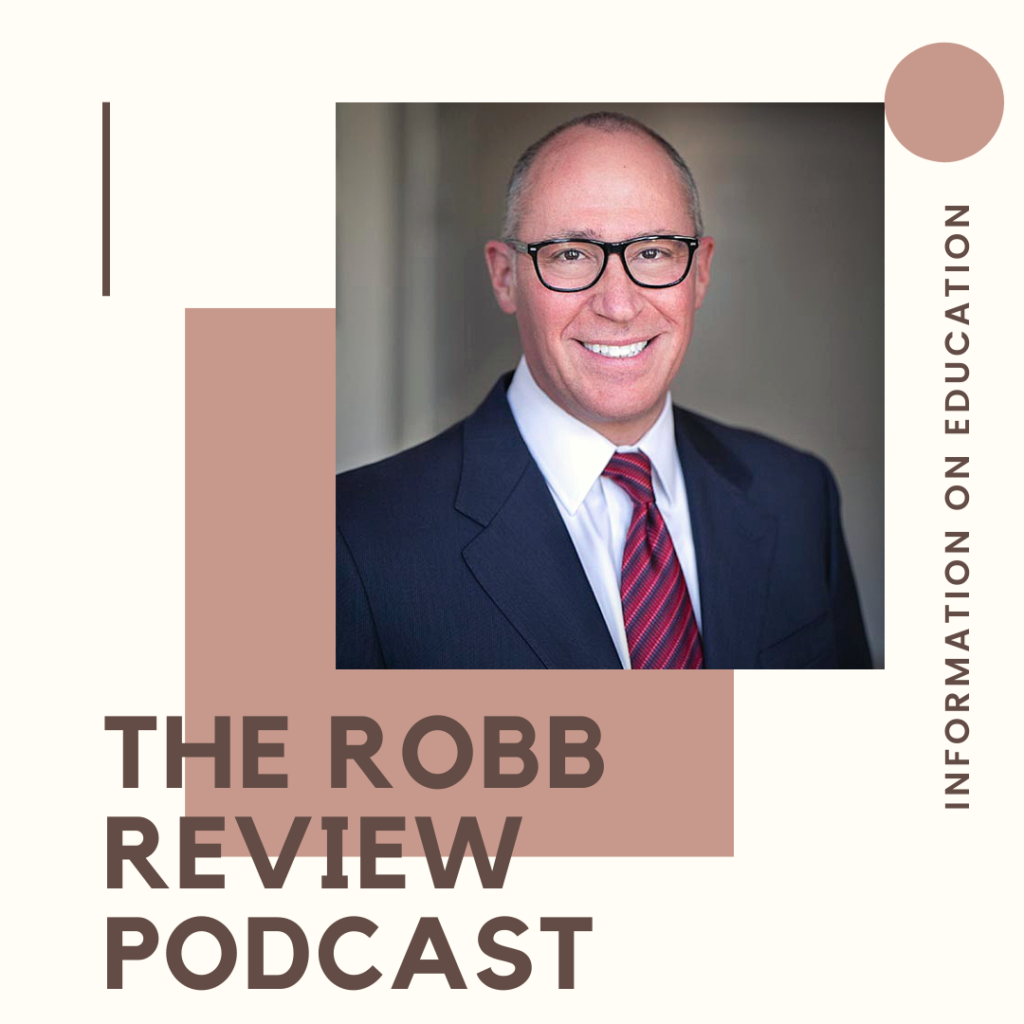Instructional Leadership: Improve Reading Scores
By Evan Robb
Are you searching for a quick-fix solution to improve reading scores? If so, I must disappoint you because I have nothing to offer. Improving reading scores, or any test scores for that matter, doesn’t involve silver bullets or magic tricks. Unfortunately, it’s common for school stakeholders to jump to conclusions about a school’s quality, teachers’ effectiveness, or even the superintendent’s leadership based solely on test scores from a single day. Let’s shift our focus towards practical strategies that can genuinely enhance reading skills and subsequently improve scores.
Let’s start by acknowledging a straightforward yet crucial principle: practice leads to improvement. However, practicing with purpose using research-backed strategies significantly enhances the likelihood of improvement. For students to excel in reading, they must engage in purposeful reading activities.
Here are some valuable tips and cautions to steer a successful reading program:
Rule #1: Read Aloud Sessions
Allocate five to ten minutes daily for read-aloud sessions, depending on class duration. This provides an opportunity to model reading, ask thought-provoking questions, and implement taught strategies effectively.
Reminder: Simply reading a favorite book throughout a class period, no matter how engaging the delivery, won’t necessarily enhance students’ reading skills.
Rule #2: Instructional Reading
Deliver purposeful reading instruction focused on applying strategies and skills to texts to improve students’ reading proficiency. State standards and extensive research can guide the selecting of specific strategies and skills necessary for better reading. It’s crucial to assess students’ lexile levels and tailor genre-focused instructional reading units accordingly to meet individual needs.
Reminder: Avoid a one-size-fits-all approach; instructional reading should cater to each student’s unique instructional needs. If the teacher reads aloud during this segment, students miss the opportunity to practice reading independently. Activities like popcorn reading serve as time fillers and don’t contribute to overall reading improvement.
Rule #3: Independent Reading
Encourage and promote independent reading throughout the school environment. This can include budgeting for books, organizing school-wide campaigns, and celebrating independent reading achievements. Foster a culture where students always carry an independent reading book related to topics they enjoy, thus boosting their motivation to read. Assign thirty minutes of independent reading as the primary homework task, and designate two days per week for in-school independent reading sessions, recognizing the value of classroom reading time.
Reminder: Focus on motivating students to read rather than solely holding them accountable or implementing punitive measures for lack of reading. Explore creative ways, such as monthly book talks, contracts, or logging completed books, to incentivize reading.
I urge a commitment to genuine reading experiences rather than mere reading programs focused on passages and questions or texts beyond students’ reading levels. Embrace research-based reading instruction to witness tangible improvements in students’ reading abilities. Encourage students to read at least three self-selected books monthly alongside instructional texts throughout the year, enhancing test scores.
As professionals, let’s reclaim proven methods backed by research. Ditch ineffective practices and prioritize reading quality literature. Reading educators should strive to master reading instruction, assessment, strategies, and necessary skills to nurture better readers. Let go of strategies that don’t yield results, avoiding being swayed by flashy programs prioritizing profit over education.
For more valuable insights on this topic, I recommend reading “Read Talk Write” by Laura!
![]()











